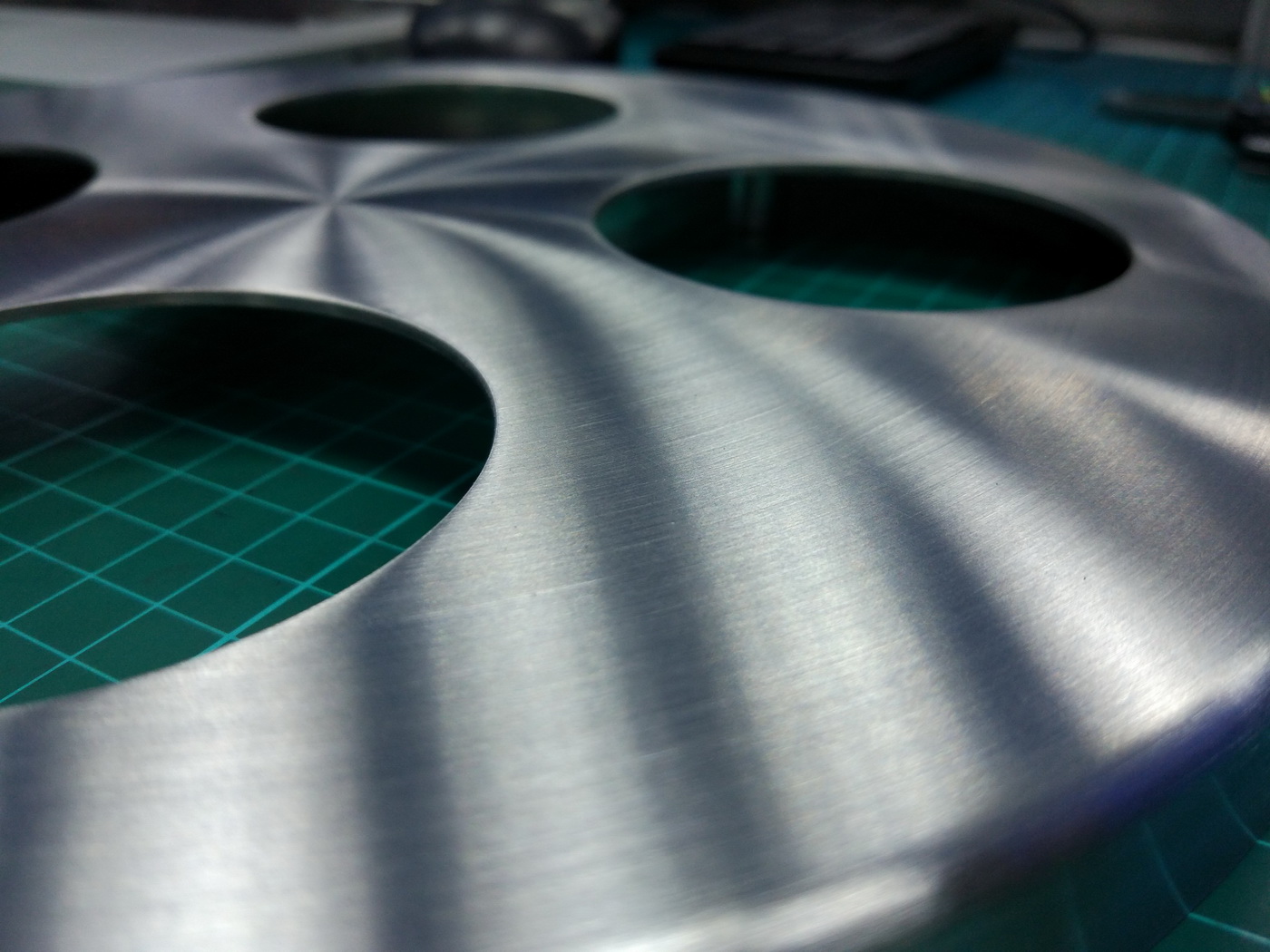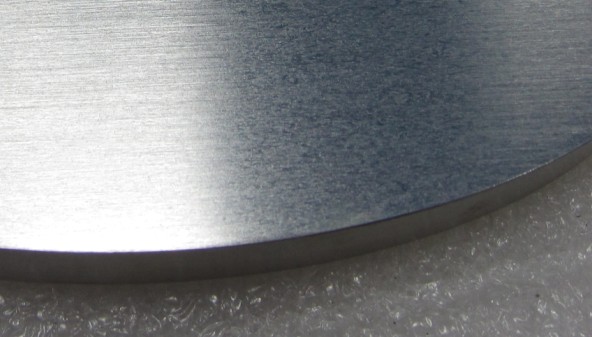Whether for molding making or prototyping, metal material like steel, aluminium, copper, brass, titanium are always widely used. Therefore, researching the machinability of these material is necessary, to make the machining easier, lower the cost, and improve the quality of product.
Normally, the machinability of a material is affected by 4 factors:
1 Surface finish and integrity of the part
2 Life of Cutter.
3 Cutting force and power requirements
4 Chip control
Thus, good machinability good surface finish and integrity, long tool life, and low force and power requirements. In manufacturing factories, cutter life and surface roughness are generally considered to be the most important factors in machinability.

Steels is considered as the most important engineering materials, so it’s machinability has been studied extensively. The machinability of steels has been mainly improved by adding lead and sulfur to obtain so-called free-machining steels.
Phosphorus in steels has two major effects. It strengthens the ferrite, increasing hardness. Harder steels result in better chip formation and surface finish. It’s necessary to note that soft steels is not suitable for the machine that easy to cause built-up edge formation and poor surface finish. The second effect is that increased hardness causes the formation of short chips instead of continuous stringy ones, so as to improve the machinability.
About leads steels, in non-resulfurized grades of steel, lead takes the form of dispersed fine particles. Lead is insoluble in iron, copper, and aluminum and their alloys. Because of its low shear strength, therefore, lead acts as a solid lubricant and is smeared over the tool-chip interface during cutting.
When the temperature is high enough-for instance, at high cutting speeds and feeds the lead melts directly in front of the tool, acting as a liquid lubricant. In addition to this effect, lead lowers the shear stress in the primary shear zone. reducing cutting forces and power consumption.
However, as we know, because lead is toxin and a pollutant, there are serious environmental concerns about its use in steels. Bismuth and tin are now being regarded as possible substitutes for lead in steels.
Stainless Steels. 300 series steels are generally difficult to machine. Chatter can be s problem, it request machine tools with high stiffness. However, ferritic stainless steels (also 300 series) have good machinability. 400 series steels are abrasive, tend to form a built-up edge, and require tool materials with high hot hardness and crater-wear resistance. Pre-hardening stainless steels are strong and abrasive, requiring hard and abrasion-resistant tool materials.
Tool and die steels are very difficult to machine and usually require annealing prior to machining. Machinability of most steels is improved by cold working, which hardens the material and reduces the tendency for built-up edge formation.


Other alloying elements, such as nickel, chromium, molybdenum, and vanadium, which improve the properties of steels, generally reduce machinability. The effect of boron is negligible.
In selecting various elements to improve machinability, we should consider the possible detrimental effects of these elements on the properties and strength of the machined part in service.
Please click www.dankemold.com to get more information.
